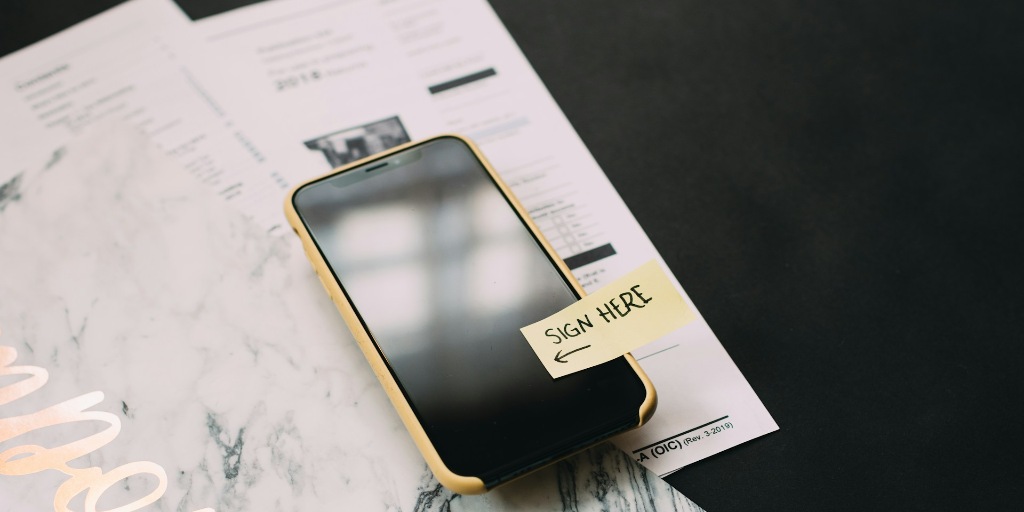How to lodge your tax returns as a business
- Last Updated : June 12, 2023
- 1.2K Views
- 5 minutes Min Read

Regardless of your business structure or size, there's always a crunch around tax time. If you have someone to take care of your taxes for you, then you've got the best seat in the house. However, affording that as a small business owner or entrepreneur can be challenging. Even if you can, it's still a good idea to know the basics of your income tax and how to handle it efficiently and accurately. In this post, we'll discuss what types of taxes you're liable to pay to the ATO and how to lodge your returns.
Sole traders
If you're running a small business by yourself, you're a sole trader. Under this structure, you and your business are a single entity, and you don't need to pay a separate tax for your business. You also don't need an ABN.
Every year, before the 31st of October, you should lodge your personal income tax to the ATO. You can do so online through the myTax tool. Here's how to lodge your individual income tax.
Partnerships
A partnership is when two or more people run a business together. You'll need a separate ABN for the business, and as a business entity, you'll pay a partnership tax. This is the net income of the business, minus all expenses and deductions. Here's how to lodge your partnership tax.
Additionally, each partner should also lodge their personal tax returns using the myTax portal.
Trusts
A trust is a safety net for people who want to protect their assets for their beneficiaries. The owner of the trust becomes the trustor, and the person managing the trust is the trustee. Every individual involved in the trust should lodge their personal tax return.
Trust tax: There are many types of trusts based on individual need, but all trusts are required to pay an annual trust tax. The trustee manages this process.
Beneficiaries: Since a trust can contain assets that generate income, such as stocks, real estate, and other investments, each beneficiary named in the trust should lodge these income details in their personal tax return.
Trustee: The trustee, who manages the trust and any associated taxes, should include the income they've earned from the trust in their tax return.
Companies
Big or small, private or public, all companies pay an annual company tax. The exact amount you pay depends on your income and government-set tax rate for companies. Additionally, all board members and shareholders should declare their share of the company's income in their tax return.
On top of this, you might also have to lodge other specific taxes. For example, if your company's annual income exceeds $75,000, you have to register for the Goods and Services Tax. If you work in specific industries, you're liable to lodge other niche taxes like the wine equalisation tax or the luxury car tax.
Read more: Business structures in Australia
Business Industry Code (BIC)
The BIC comes from the Australian and New Zealand Standard Industrial Classification (ANZSIC). It's a five-digit code that you should include in both your personal and business tax return. This code helps the ATO identify what business activities you do on a regular basis so they can treat your tax return fairly. You can use the ATO's tool to find your BIC. If your code has changed since your last tax return, you can update it in your tax return as well as in the Australian Business Register.
Three main ways to lodge your tax return
1. Online
Personal tax
Use the myTax tool to lodge your tax return. It's an online tool powered by the ATO and managed through your myGov account. If you're lodging your tax for the first time, you'll have to sign up for a myGov account and link it to the ATO. myTax is for individuals, whether you're a sole trader, partner in a business, or board member in a company.
To help track your income and expenses, the ATO has created a tool called myDeductions. It's available as a mobile app, and you can use this to record your invoices, receipts, deductions, and fees throughout the year. When it's time to lodge your return, you can directly upload them to the myTax system.
Business taxes
To lodge taxes on behalf of a business, such as a trust or company, you can use an online software that complies with Standard Business Reporting. The SBR is a set of guidelines devised for business taxes.
There are many cloud-based software providers in Australia who have built an SBR-compliant module into their systems. This way, you can directly log in and complete your tax return.
If you're using an on-premise tool to communicate with government agencies like the ATO, you'll have to create a machine credential. You can do this by using the Relationship Authorisation Manager, or RAM. Learn more about the RAM.
2. Tax agent
Whether it's for your individual tax return or your business's, you can hire a certified tax agent to help you. In this case, you'll be authorising your agent to act on your behalf. Tax agents won't cross-check the legitimacy of your documentation, so it's your responsibility to provide factual details to your agent. They will analyse your financial statements, educate you about how much you owe the ATO, and lodge your return.
Tax practitioners fall under a special program that allows them to lodge their clients' tax returns after the usual October 31 deadline. However, you must contact your agent well in advance to ensure they have enough time to manage your return.
Make sure your tax agent has registered with the Tax Practitioners Board (TPB). Here's the TFB's guide on how to choose the right agent.
3. Paper
If you prefer the old-school way of lodging your tax returns, download the individual tax return form here, fill it up, and send it by mail to the ATO in your state's capital city.
Ordering online-only tax forms
If you have any income from partnerships, trusts, capital gains, foreign income, or rentals, you'll need a supplementary section to your individual tax return.
If you have income from personal services (PSI), profit and losses from a business, or any non-commercial business losses, you'll also need to lodge another section of tax called the business and professional items schedule.
These two forms are only available online, and you can order them through the ATO publication order service. You can also contact the ATO directly for help with your tax returns.
It may take up to 50 days to process your tax return. Learn more about lodging a paper return.
Lodging your taxes doesn't have to be a stressful process. If you have multiple income sources, the easiest and most efficient way to lodge your return is to contact a certified tax agent. However, make sure that you have all of your records organised in order to avoid a tax bill. If you are employed full-time, it's easier for you to do it online yourself. As long as your TFN and super accounts are associated with your myGov portal, your tax return process will be seamless. Whichever route you take, we hope this post has given you a basic understanding of paying taxes as a business.


